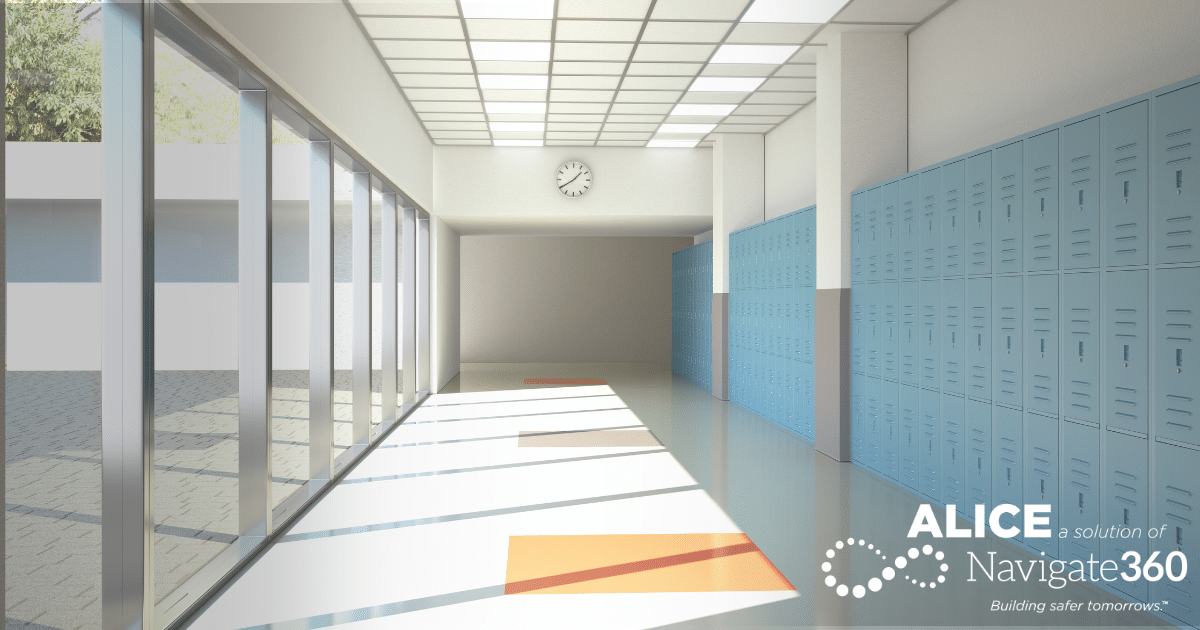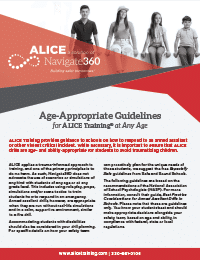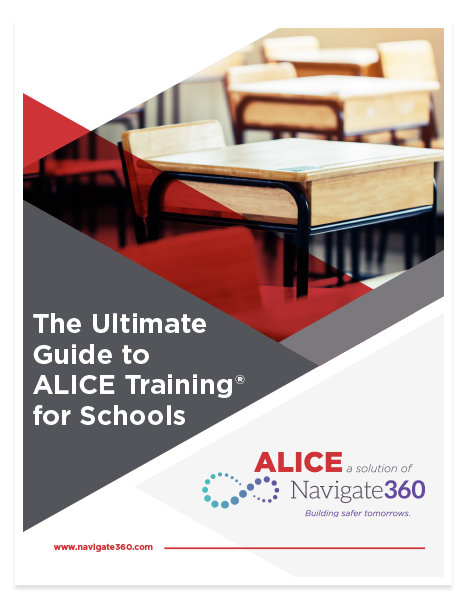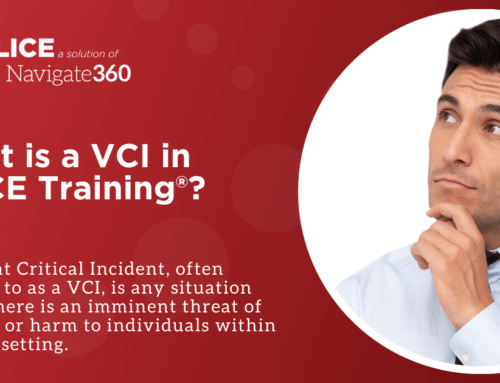
Understanding the Difference Between Active Shooter Scenarios vs. Drills
In today’s unpredictable world, the paramount importance of emergency preparedness in schools cannot be overstated. While communities hope that a violent critical incident, such as an active shooter event, never unfolds within their institutions, it is crucial that every school and workplace is ready to respond effectively. This preparedness, acquired through training, equips individuals to make informed decisions, remain calm under pressure, and work together to minimize harm during a crisis.
JP Guilbault, CEO of Navigate360, has aptly described active shooter training, such as ALICE, as the “next generation of CPR” training – a life skill that is essential for everyone to possess.
An options-based active shooter response strategy is an essential part of school safety and the most effective way to save lives in the event of a shooting. In the realm of active shooter training, it is vital to distinguish between two key methodologies: Active Shooter Scenarios and Active Shooter Drills. While both aim to enhance preparedness, they differ significantly in their approach and objectives. In this blog we’ll delve into the world of active shooter scenarios and drills, dissecting their purpose, methods, and suitability.
Active Shooter Scenarios: Realistic Training for Adults
Active shooter scenarios have a clear purpose: to provide participants with a controlled yet authentic glimpse into what an active shooter event would look and feel like. These scenarios empower individuals to respond more effectively in the event of a real incident. This training method incorporates the use of props and role play, utilizing items such as Nerf guns, Nerf balls, air horns, and foam stress balls to recreate the heightened state of tension associated with such an event.
It is imperative to note that active shooter scenarios should ONLY be employed when training adults, such as school staff. Using scenarios with students is strongly discouraged due to the potential for trauma.
For adult participants, it is essential to inform them about the nature of the scenario training and provide the option to opt out if they have a history of trauma. After each scenario, participants should be escorted back to a safe area for debriefing. It’s essential to ensure they understand the controlled nature of the exercise and that their safety was a priority throughout the training.
Active Shooter Drills: Coordinated, Supervised Preparation
Active shooter drills, in contrast, serve a different purpose. These drills are coordinated, supervised activities designed to practice and test specific operations or functions within a single entity. These can include lockdown drills, evacuation drills, and more, but they do not involve the use of props, role play, or simulations of real-life scenarios.
Drills should be age- and ability-appropriate, serving as a suitable method when run without real-life simulations. These drills should take place in a calm, supportive environment, similar to a fire drill, and be announced in advance.
Age-Appropriate Guidelines for ALICE Training® at Any Age
Download our age-appropriate guidelines to make sure your ALICE Training® drills are suitable for your students’ age and ability level.
A Word of Caution: Avoid Active Shooter Scenario Training with Students
Navigate360 strongly advises against using scenarios or simulations of any kind with students of any age or grade level. This extends to role play, props, simulations, or scare tactics to train students on how to respond in an emergency. The safety and well-being of students should always be top priority.
When it comes to active shooter preparedness, understanding the distinction between active shooter scenarios and active shooter drills is crucial. These methods serve different purposes and are suitable for different audiences. Prioritizing safety, emotional well-being, and informed training is essential for everyone involved. Choose the approach that aligns best with your organization’s needs and objectives to ensure the safety of your community.
The Ultimate Guide to ALICE Training® for Schools
Discover how ALICE’s research-based active shooter response program empowers students and staff to respond effectively to violent critical incidents. Enhance their ability to make informed decisions, remain calm under pressure, and work together to minimize harm during a crisis.








